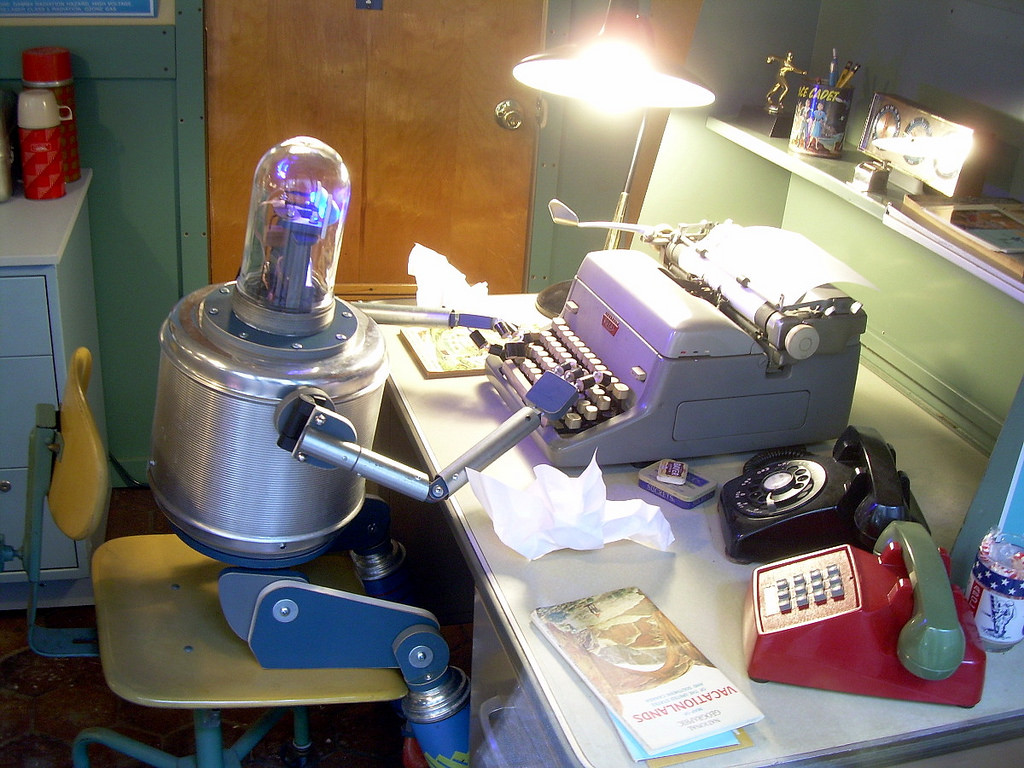
Quartz hasn’t settled on exactly which bot-related projects it will build for which platforms, but “we want to make sure that the experiments cover a large variety of potential platforms and use cases, so that’s where we’re coming from,” said Zach Seward, Quartz’s executive editor and VP of product (and former Nieman Lab staffer). Slack is one such promising platform. “If we’re going to make a tool or a set of automated tools for journalists — there are a few platforms you can imagine building bots for — I’d imagine we’d build something for Slack, with so many newsrooms operating largely on Slack now.”
Another major project will likely be building for Amazon Echo or Google Home (though Google Home hasn’t yet opened up its API to developer). The exact form of the third project is still wide open.
“With our Quartz app, we solved the problem of user input by creating the choices for the user, and there were all sorts of reasons why we thought that was the best direction for the app,” Seward said. “We’d love to now challenge ourselves to handle freeform user input, whether that’s inside the app itself or on a totally different messaging platform.”
Quartz will use the funding to hire at least one developer and one writer (“it’s a different form of writing, writing for something like a messaging interface,” Seward pointed out) to work exclusively on the Bot Studio projects. While these projects originate at Quartz, the outlet intends to release code for the projects produced with the Knight funding, and will provide write-ups of process and challenges along the way, similar to the Guardian’s Mobile Innovation Lab‘s process.“We’ll do some sort of big postmortem report, but more valuable would be the incremental updates we can provide about each of the specific projects, challenges, what we learned from each one, trying to make that all public in the best way possible — that’s as valuable as the code itself,” Seward said. “We’ll be writing about it. We’re toying with the idea of a podcast, or some other venue that’s useful to the people who do this kind of work or are interested in doing it.”
“We’re also open to collaborating with other newsrooms,” he added. “It’s hard to tell precisely what these projects will look like, but it could be interesting for one or more of these projects to be a collaboration. The things we are doing may be similar to things other newsrooms are doing or may want to do, and our code and lessons learned could be helpful.”